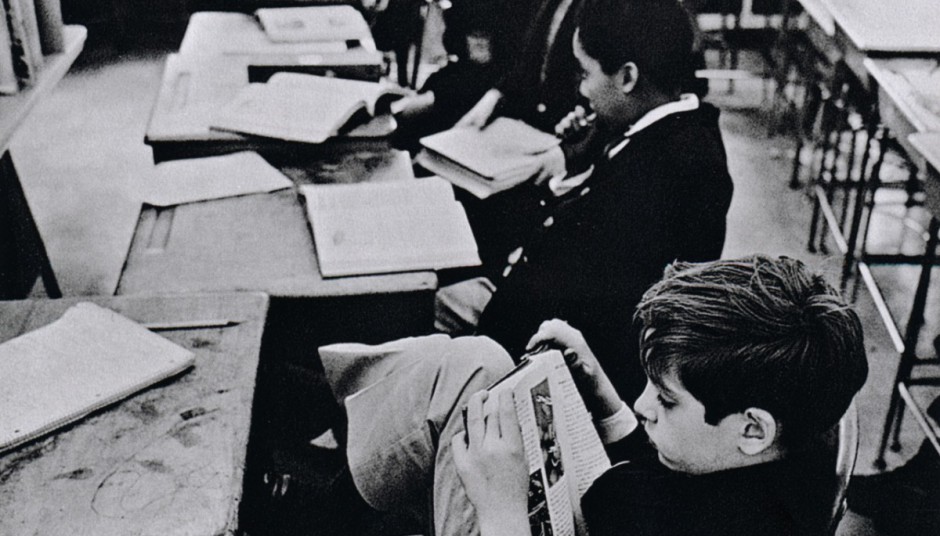The discreet manner in which Walker Evans took photographs was perhaps one of the only ways to capture the true glimpses of people’s emotions in their everyday lives because trains are one of the only few places in which a range of different people stay in for an extended period of time. There are so many characters on trains that maybe the best approach to truly capture them as they are, is at a moment unawares. He went to such great lengths to capture the peoples genuine self discretely in the Depression-era that I couldn’t help but admire it the elaborate way he went about doing so. An example of this would be how he designed the wire to run down his sleeve and the Contax he painted flat black. Evans just seems like a curious type of person who takes into consideration the feelings of others even when the passengers didn’t directly know it. This was shown through his actions of waiting years to finally release his book.
Naturally, most passengers on trains just want to get to their destination without anyone talking to them. The passengers photographed by Walker Evans aren’t so different from the people you see today as they still make an effort to avoid eye contact with others. People on trains gain this sort of blank gaze and yet at the same time cautious alertness to any suspicious activity and it’s understandable. The person across from them is a stranger who could be a murderer for all they know. I imagine that if people were aware of being photographed on their daily commute, they’ll have qualms about it. The expressions of the riders today and then aren’t so different. We’d rather withdraw within ourselves than to talk to the stranger next to us.



